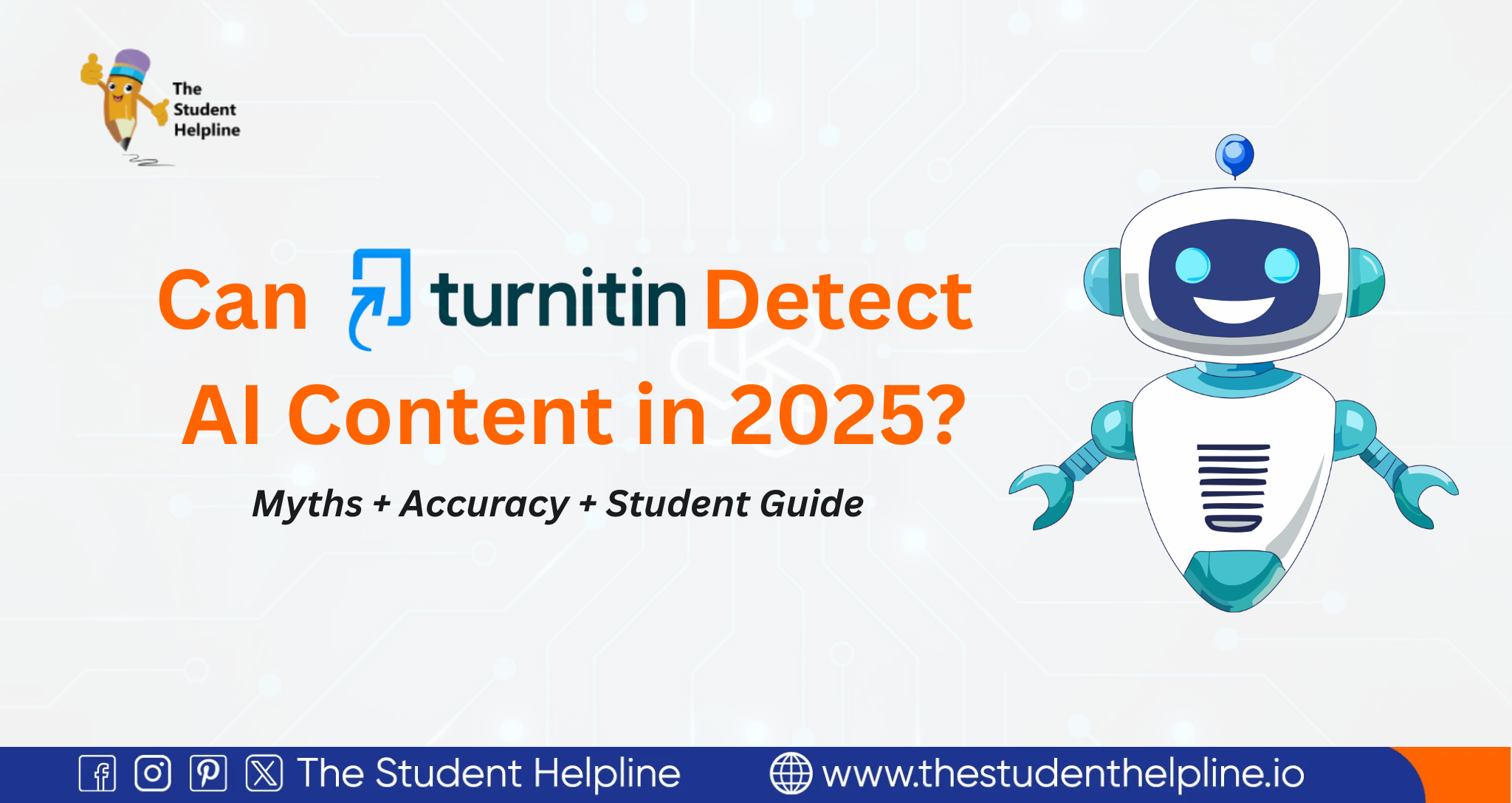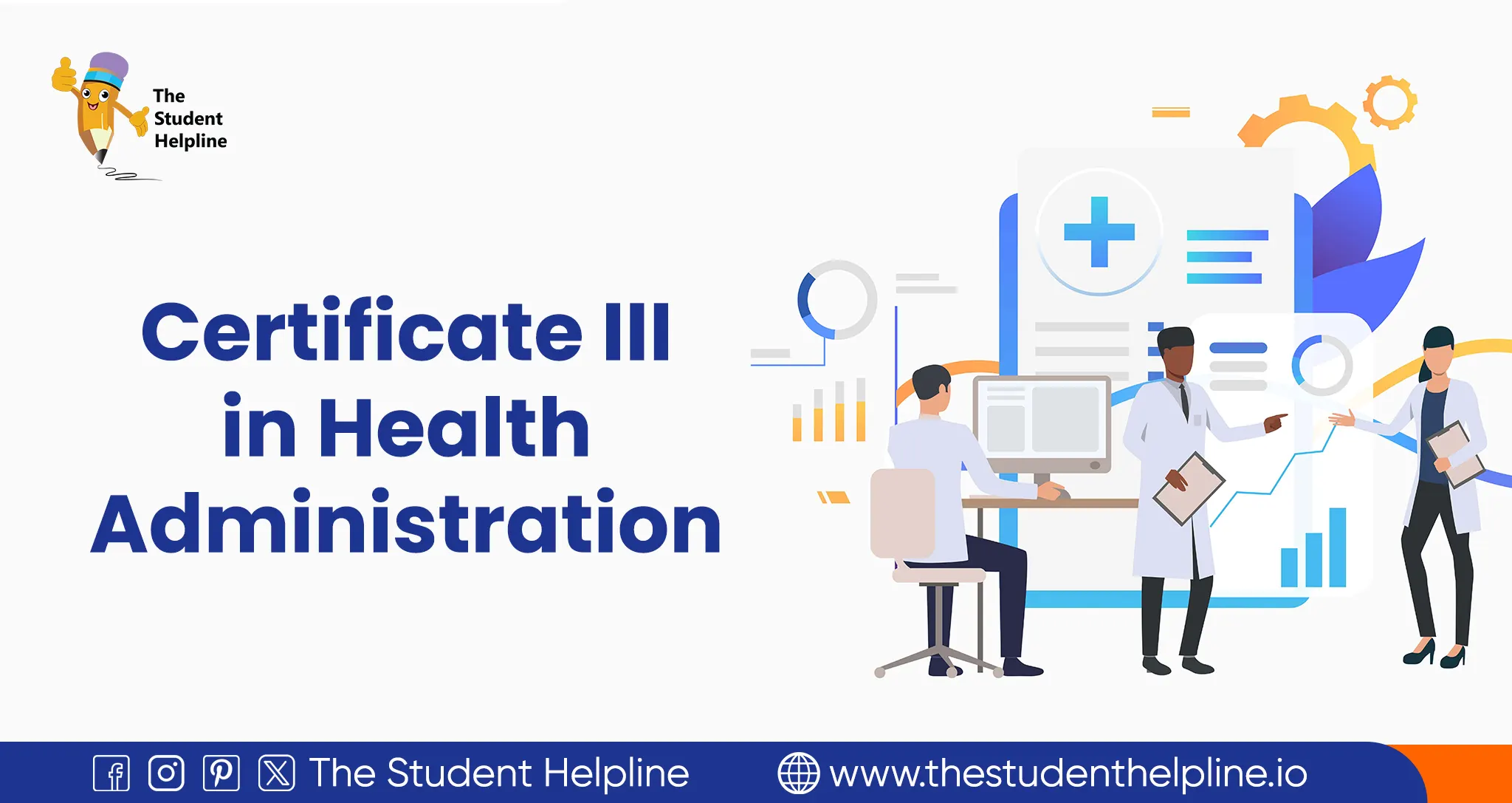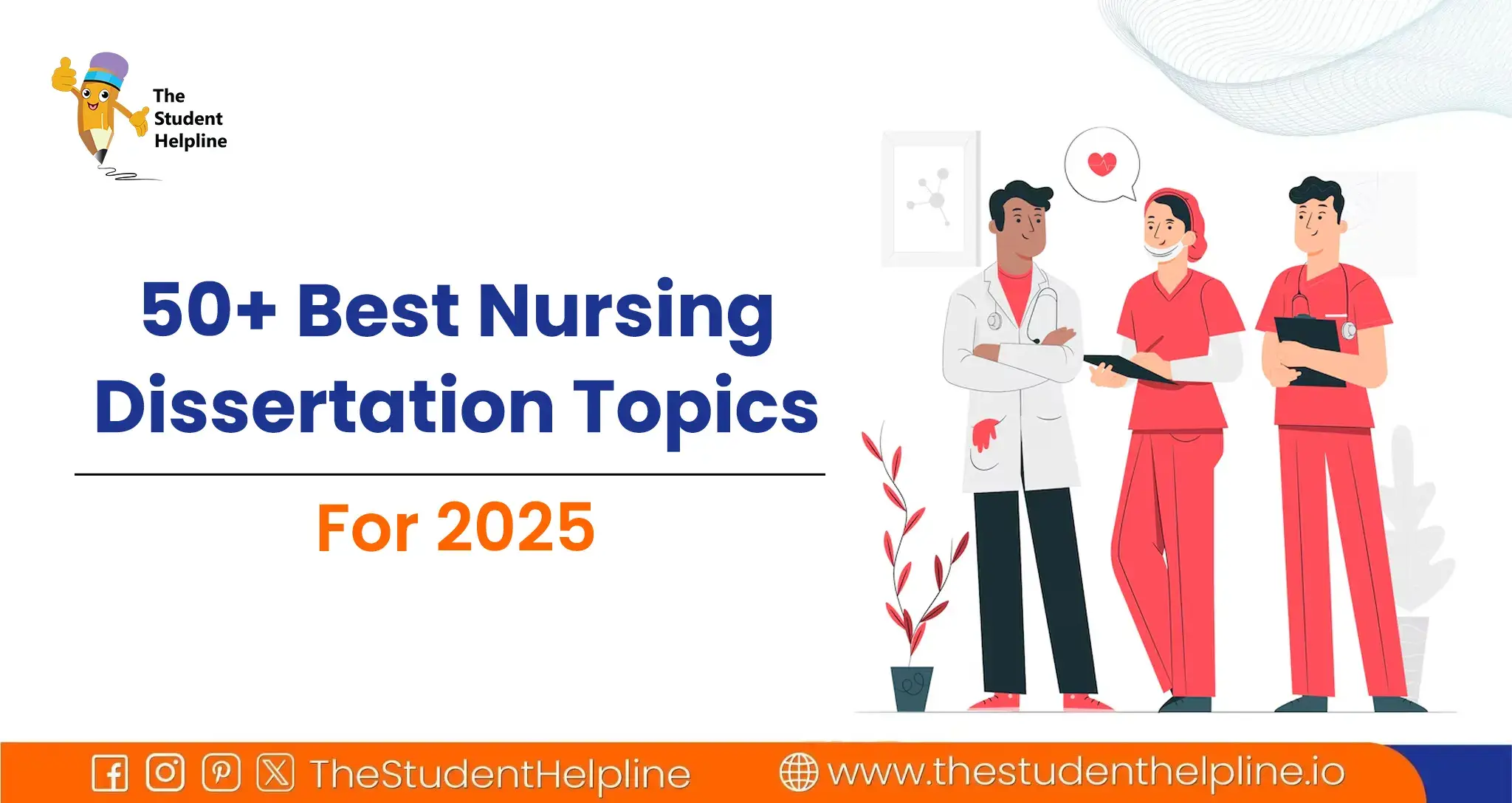DATA4900 Innovation And Creativity In Business Analytics : Introduction
|
Design Thinking Canvas
|
|
Problem
The coffee and tea machine design must be focused on the issues and problems in relation to developing new designs for it. Therefore, it has been identified that the new design must focus on the top three issues;
- Lack of personalization or customization
- Machine options are less available to match their intensity level and flavors.
- Inconsistency for both tea and coffee products and responding to the interest of the users.
These three problems can affect the user experience and customer experience.
|
Solutions
After analyzing the issues associated with the coffee and tea machines, it becomes important to find out the right solution for it. First, sensory input can be captivated, where an interactive site needs to be developed, that must include a video with subtle animation and sound to their actions throughout their navigation. Moreover, it is essential to provide customization options in the coffee and tea machines so that users can easily access the machine with great satisfaction. Further, the machines need to address and match the intensity level and flavors. Additionally, it is crucial to maintain consistency for both tea and coffee products so that the user can have a clear idea about their usage and feel satisfied as it meets their interest.
|
Unique Value Propositions
The coffee and tea machine needs to create value for its targeted audience by taking some proper actions. The value will be created by offering customization options that can focus on
variety and origin of the product, better filtering with intensity and tasting, sensory input, and environmental sustainability.
|
Unfair Advantage
The unfair competitive advantage refers to focusing on specific areas of the coffee and tea machine that the competitive companies simply can not reach. In order to ensure customer awareness about the machine, the use of digital marketing communication channels, social media pages, websites etc., can be the best where other competitors can not beat its growth.
|
Customer Segments
The target customer segment includes all customers or users opting for customized coffee and tea machines over traditional coffee and tea machine options.
|
|
Key metrics
The key metrics refer to the tactical initiatives that are basically designed by the website development team for the website. These kinds of visitor actions can create lead generation, customer satisfaction, and digital engagement that can help the business to achieve its overall business objectives. The key resources that will be required for coffee and tea machines are customization support, physical resources, financial resources, and technically competent internal human capital resources. Here, the lead conversion rate will be measured to understand the customer experience.
|
Product and Service Delivery Channels
It is important to deliver the product to the audience through the right channels to ensure product development. Thus, the coffee and tea machines must focus on the channels like mobile applications and official websites.
|
|
Cost Structure
In general, the cost structure is the aggregate of different types of fixed costs and variables that cover the overall expenses of the business. The coffee and tea machine uses the cost structure to identify areas where expenses can be minimized and set pricing.
The chief cost element for the coffee and tea machine will include the following:
- Customer acquisition cost
- Hosting people
- Distribution cost
- Costs relating to technical processes
- Research and Development (R&D) activities
- Marketing and advertising expenditure.
Considering such elements in the design can impact the innovation cost.
|
Revenue Streams
Revenue streams refer to different sources where the business can earns money from the provision of services or the sales of goods. The main source of revenue will be generated for the coffee and tea machines from surge pricing and fare charged to customers for the customized machine. A revenue model will be generated by focusing on who pays for the value, how to price the value, and what value to offer.
|
List Any Legal And Ethical Constraints
It has been observed that coffee and tea are much enjoyed as everyday drinks in different parts of the world. These drinks are also enjoyed as a stimulant and for social activities (Persson, 2008). Thus, it's always a good idea to invest in such an innovative idea of coffee and tea machines that has more demands in the market. This more demanding product may also face some legal and ethical constraints that may have a great impact on the new innovation of machines learning. According to Fritz Allhoffa and Adam Henschkeb, IoT-based products may have different ethical issues that include physical safety, informed consent, privacy, information security, and trust (Allhoff & Henschke, 2018). Research shows that there are four major ethical issues that need to be addressed to completely achieve the potential of AI machines that include safety and transparency, informed consent to use data, data privacy, and algorithmic fairness and biases (Naik et al., 2022). Thus, the inclusion of IoT in coffee and tea machine needs to be developed keeping the ethical and legal constraints in mind. As the new innovative product coffee and tea machine are designed with artificial intelligence, there is a need to take care of customer information and their privacy so that customers can get a satisfactory result with great customized options. The design of the product must consider the safe operation of the coffee and tea machine so that customers can develop trust in the AI-based machine.
As the new innovation has some risks associated with new features, the business assignment needs to ensure the safety aspect of the coffee and tea machine. There is a need to find an innovative way to grab the attention of the customers and make it more interesting for them. This machine can also include a new feature by taking the consent of the users where the coffee and tea machine can add the user's favorite songs while adding mint, caramel or chili to the coffee or tea. While making the coffee or tea, the machine will consider the transparency and safety of displaying different mimics or lights, a game that can provide entertainment to the users. Likely, it will be possible to improve the customer experience by focusing on the success criteria like feasibility, ideation, expandability and customer-centric.
Must Also Read:- MANG6278 Global Entrepreneurship
References
Allhoff, F., & Henschke, A. (2018) The internet of things: Foundational ethical issues. Internet of Things, 1, 55-66.
Naik, N., Hameed, B. M., Shetty, D. K., Swain, D., Shah, M., Paul, R., ... & Somani, B. K. (2022). Legal and ethical consideration in artificial intelligence in healthcare: who takes responsibility?. Frontiers in surgery, 266.
Persson, L. (2008) Ethics and Environment in the Coffee Sector–Linking CSR to the Consumer's Power in the Context of Sustainable Development, A case study of Löfbergs Lila. D-level Degree Project Honours Program in Environmental Science, 1-81.
The Top Subjects We Cover For Online Assignment Help



 Australia
Australia USA
USA United Kingdom
United Kingdom Canada
Canada Malaysia
Malaysia Singapore
Singapore Hong Kong
Hong Kong Qatar
Qatar UAE
UAE Saudi Arabia
Saudi Arabia Kuwait
Kuwait Bahrain
Bahrain Oman
Oman Jordan
Jordan New Zealand
New Zealand Ireland
Ireland











